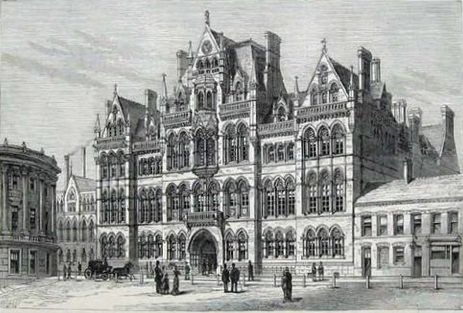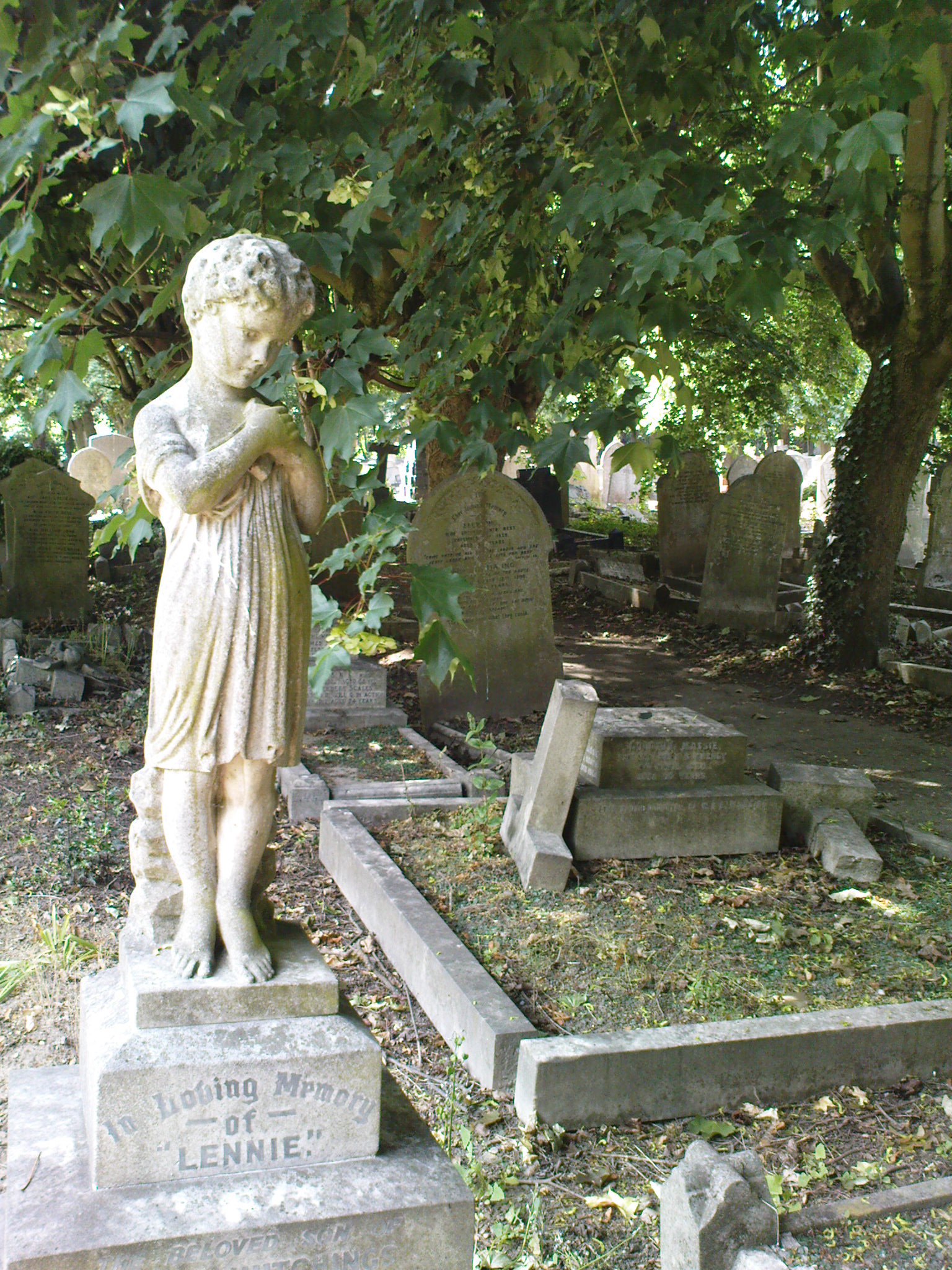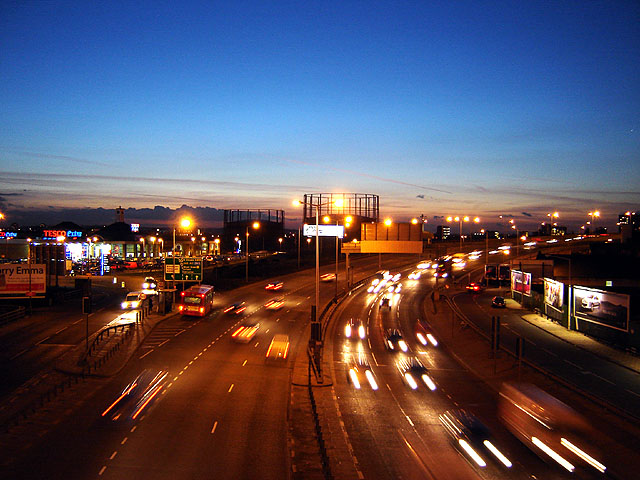|
John Eliot Howard
John Eliot Howard (11 December 1807 – 22 November 1883) was an English chemist who conducted pioneering work with the development of quinine. Howard was born in Plaistow, Essex, the son of Luke Howard a noted Quaker meteorologist and chemist. He worked at the family pharmaceutical manufacturing business of Howards and Sons. He was elected a Fellow of the Royal Society in June 1874. He was the author of scientific works including ''The Quinology of the East Indian Plantations (1869–1876)'', religious works including a commentary on the book of Hebrews and histories including ''The Island Of The Saints'', about the Reformation in Ireland. His concern about issues of religion and science was reflected in his membership in two London organizations from 1872: the Victoria Institute, devoted to that subject to which he contributed thirteen papers, and to the Society of Biblical Archaeology, whose aim was to investigate antiquities of biblical lands. Open Brethren Affiliation ... [...More Info...] [...Related Items...] OR: [Wikipedia] [Google] [Baidu] |
Brook Street Chapel
Brook Street Chapel is a church building in Tottenham, North London. The building was constructed for use as a meeting place for local Christians affiliated with the Plymouth Brethren movement. History A group of around eight individuals who had seceded from the Quakers met in the house of a Mrs Sands in Stoney South (now Stoneleigh Road) from 1838, and the Brooks Street Meeting House was constructed and opened in 1839. Prominent amongst the original members were the chemist John Eliot Howard and his brother Robert, and some funding was also provided by their father, the meteorologist Luke Howard, who moved to Tottenham shortly after. The Howards are commemorated in Tottenham by a blue plaque to Luke at 7, Bruce Grove, and a green plaque to John on the site of his home, Lord's Meade (now Lordship Lane). As the population of Tottenham grew throughout the nineteenth century, the assembly of Christians also grew rapidly to around 88 by 1842 and around 140 in 1851. Work with local ... [...More Info...] [...Related Items...] OR: [Wikipedia] [Google] [Baidu] |
People From Plaistow, Newham
The term "the people" refers to the public or common mass of people of a polity. As such it is a concept of human rights law, international law as well as constitutional law, particularly used for claims of popular sovereignty. In contrast, a people is any plurality of persons considered as a whole. Used in politics and law, the term "a people" refers to the collective or community of an ethnic group or nation. Concepts Legal Chapter One, Article One of the Charter of the United Nations states that "peoples" have the right to self-determination. Though the mere status as peoples and the right to self-determination, as for example in the case of Indigenous peoples (''peoples'', as in all groups of indigenous people, not merely all indigenous persons as in ''indigenous people''), does not automatically provide for independent sovereignty and therefore secession. Indeed, judge Ivor Jennings identified the inherent problems in the right of "peoples" to self-determination, ... [...More Info...] [...Related Items...] OR: [Wikipedia] [Google] [Baidu] |
1883 Deaths
Events January * January 4 – ''Life (magazine), Life'' magazine is founded in Los Angeles, California, United States. * January 10 – A Newhall House Hotel Fire, fire at the Newhall Hotel in Milwaukee, Wisconsin, United States, kills 73 people. * January 16 – The Pendleton Civil Service Reform Act, establishing the United States civil service, is passed. * January 19 – The first electric lighting system employing overhead wires begins service in Roselle, New Jersey, United States, installed by Thomas Edison. February * February 15 – Tokyo Electrical Lightning Grid, predecessor of Tokyo Electrical Power (TEPCO), one of the largest electrical grids in Asia and the world, is founded in Japan. * February 16 – The ''Ladies' Home Journal'' is published for the first time, in the United States. * February 23 – Alabama becomes the first U.S. state to enact an Competition law, antitrust law. * February 28 – The first vaudeville th ... [...More Info...] [...Related Items...] OR: [Wikipedia] [Google] [Baidu] |
1807 Births
Events January–March *January 7 – The United Kingdom of Great Britain and Ireland issues an Order in Council prohibiting British ships from trading with France or its allies. *January 20 – The Sierra Leone Company, faced with bankruptcy because of the imminent abolition of the slave trade in British colonies, petitions the British government for purchase and transfer of its property to the Crown; Parliament approves the transfer on July 29, and it takes effect on January 1, 1808. *February 3 – Napoleonic Wars and Anglo-Spanish War: Battle of Montevideo – The British Army captures Montevideo from the Spanish Empire, as part of the British invasions of the Río de la Plata. *February 7 – Napoleon leads the forces of the French Empire in an invasion of the Russian Empire, and begins fighting at the Battle of Eylau against Russian and Prussian forces. *February 8 – Battle of Eylau: Napoleon fights a hard but inconclusive battle against the Russians un ... [...More Info...] [...Related Items...] OR: [Wikipedia] [Google] [Baidu] |
Rubiaceae
Rubiaceae () is a family (biology), family of flowering plants, commonly known as the coffee, madder, or bedstraw family. It consists of terrestrial trees, shrubs, lianas, or herbs that are recognizable by simple, opposite leaves with Petiole (botany), interpetiolar stipules and sympetalous actinomorphic flowers. The family contains about 14,100 species in about 580 genera, which makes it the fourth-largest angiosperm family. Rubiaceae has a cosmopolitan distribution; however, the largest species diversity is concentrated in the tropics and subtropics. Economically important genera include ''Coffea'', the source of coffee; ''Cinchona'', the source of the antimalarial alkaloid quinine; ornamental cultivars (''e.g.'', ''Gardenia'', ''Ixora'', ''Pentas''); and historically some dye plants (''e.g.'', ''Rubia''). Description The Rubiaceae are morphologically easily recognizable as a coherent group by a combination of characters: opposite or whorled leaves that are simple and entire, ... [...More Info...] [...Related Items...] OR: [Wikipedia] [Google] [Baidu] |
Pogonopus (plant)
''Pogonopus'' is a genus of flowering plants belonging to the family Rubiaceae Rubiaceae () is a family (biology), family of flowering plants, commonly known as the coffee, madder, or bedstraw family. It consists of terrestrial trees, shrubs, lianas, or herbs that are recognizable by simple, opposite leaves with Petiole ( .... Its native range is Tropical America. Species: *'' Pogonopus exsertus'' *'' Pogonopus speciosus'' *'' Pogonopus tubulosus'' References {{Taxonbar, from=Q9061322 Dialypetalantheae Rubiaceae genera ... [...More Info...] [...Related Items...] OR: [Wikipedia] [Google] [Baidu] |
Henry Eliot Howard
Henry Eliot Howard (13 November 1873 – 26 December 1940) was an English amateur ornithologist, noted for being one of the first to describe territoriality behaviours in birds in a detailed manner. His ideas on territoriality were influential in the work of Max Nicholson. Biography Henry Eliot Howard was born at Stone House, at Stone, near Kidderminster, second son of Henry Howard and Alice Gertrude Thomson. He studied at Stoke Poges, Eton, and Mason College (the forerunner of the University of Birmingham). He entered his father's steelworks firm, Lloyd and Lloyd in Worcester, becoming a director in 1896. Then in 1903 a director of the enlarged firm, Stewarts & Lloyds. He showed from his earliest childhood an intense love of natural history. It was not until 1914 that his first work, ''British Warblers'', illustrated by Henrik Grönvold, was fully published, having been issued in parts since 1907. Continually working on the theory of territory, he published ''Territory ... [...More Info...] [...Related Items...] OR: [Wikipedia] [Google] [Baidu] |
Tottenham Cemetery
Tottenham Cemetery is a large burial ground in Tottenham in the London Borough of Haringey, in north London, England. It was opened in 1858 by the Tottenham Burial Board to replace the churchyard of All Hallows' Church, Tottenham which had closed the previous year. The original five-acre site was not entirely consecrated, with two acres designated for non-Church of England burials. Chapels The cemetery contains two original chapels, one built for Anglican services and one for other denominations. The buildings were designed by the architect George Pritchett in an early Gothic style. They were constructed primarily of Kentish ragstone, but include Bath stone dressings. War graves The cemetery contains the Commonwealth war graves of 293 service personnel of World War I, most of whom are buried in a war graves plot on the western side of the cemetery, backed by a screen wall listing those buried in the plot and elsewhere in the cemetery whose graves could not be individually ma ... [...More Info...] [...Related Items...] OR: [Wikipedia] [Google] [Baidu] |
Fanny Grattan Guinness
Fanny Grattan Guinness born Fanny Emma Fitzgerald writing as Mrs. H. Grattan Guinness (1831 – 3 November 1898) was a British writer, evangelist and trainer of missionaries. Life Guinness was born in 1831 in London. She became an orphan after her mother died and her father took his own life. She was taken in by the family's solicitor who in time also took his own life. She set out to teach. She married Henry Grattan Guinness in October 1860. They had a son named Harry, who was born October 2, 1861, in Toronto, Canada. Henry was her partner in the missionary work and she was not only responsible for the administration, but she would also preach to audiences of men and women. In 1868 Guinness and his wife published ''The Regions Beyond and Illustrated Missionary News'', which was edited by Mrs. H. Grattan Guinness. The magazine would give accounts of missions and missionaries including those in Africa and China. In 1872 Henry, Fanny and their six children were living in the Ea ... [...More Info...] [...Related Items...] OR: [Wikipedia] [Google] [Baidu] |
Edmonton, London
Edmonton is a town in north London, England within the London Borough of Enfield, a Districts of England, local government district of Greater London. The northern part of the town is known as Lower Edmonton or Edmonton Green, and the southern part as Upper Edmonton. Situated north-northeast of Charing Cross, it borders Enfield, London, Enfield to the north, Chingford to the east, and Tottenham to the south, with Palmers Green and Winchmore Hill to the west. The population of Edmonton was 82,472 as of 2011. The town forms part of the Ceremonial counties of England, ceremonial county of Greater London and until 1965 was in the Ancient counties of England, ancient county of Middlesex. Historically a Civil parish, parish in the Edmonton Hundred of Middlesex, Municipal Borough of Edmonton, Edmonton became an Urban district (Great Britain and Ireland), urban district in 1894, and a municipal borough in 1937. Local government took place at the now-demolished Edmonton Town Hall in For ... [...More Info...] [...Related Items...] OR: [Wikipedia] [Google] [Baidu] |
Lordship Lane, Haringey
Lordship Lane connects Wood Green (N22) with Tottenham High Road (N17). It lies in the London Borough of Haringey and forms part of the A109 road. History Wood Green was originally a clearing in the dense forests of oak, ash and beech that covered most of what is now North London. There were a number of these clearings in the vicinity and each is likely to have been the site of a few simple habitations. Lordship Lane would have begun as a track running through the forest from the clearing at Wood Green to Ermine Street, the main Roman road from London to the north east. During the 1000 years before the Norman Conquest, the county of Middlesex was established and divided into administrative areas called Hundreds. Lordship Lane was in Edmonton Hundred.Haringey Before Our Time (A Brief History), Ian Murray, Hornsey Historical Society, 1993. The importance of the Hundred in local government declined as that of the Manor grew. Manors were estates controlled by a landowner calle ... [...More Info...] [...Related Items...] OR: [Wikipedia] [Google] [Baidu] |







